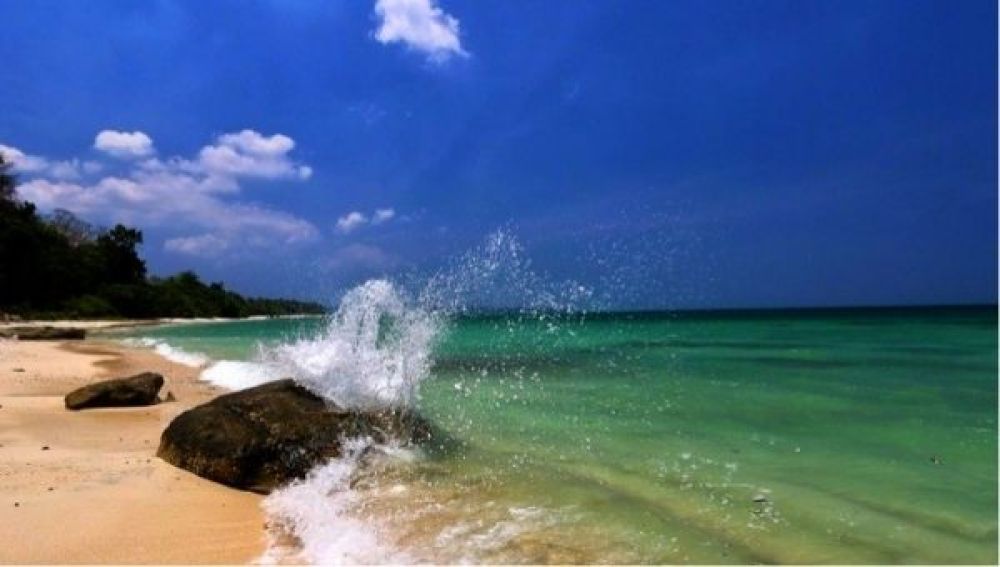

Moricedera Beach, situated in the quaint town of Rangat in the Andaman and Nicobar Islands of India, has remained a hidden jewel for many years. The Andaman and Nicobar Islands have been an enticing destination for travelers seeking pristine beaches, lush greenery, and an escape from the hustle and bustle of city life. The history of Moricedera Beach's tourism is interwoven with the broader narrative of Andaman and Nicobar tourism.
Tourism in the Andaman and Nicobar Islands took off in a significant way in the early 1970s when the Indian Government began promoting these islands as a new tourist destination. During this time, regions like Havelock Island and Port Blair became the focal points of tourist activity, due to better accessibility and infrastructure. Meanwhile, Moricedera Beach, being more remote, attracted a smaller, more adventurous segment of travelers. Its serene environment, untouched sands, and clear waters made it an ideal spot for those seeking tranquility away from the popular spots.
The true allure of Moricedera Beach lies in its exquisite natural beauty. With its silver sandy beaches embraced by crystal-clear turquoise waters, it offers a perfect blend of solitude and untouched natural splendor. Travelers coming here can engage in activities such as swimming, sunbathing, and exploring nearby mangrove creeks.
The tourism industry in Rangat, including Moricedera Beach, has seen gradual growth. With the rise of eco-tourism, there has been more focus on sustainable practices to preserve the natural beauty of such locations. Basic amenities have been improved to provide a comfortable experience for tourists without imposing heavy environmental costs. This approach has positioned Moricedera Beach as an eco-friendly destination.
In recent years, there has been a shift towards promoting Rangat and its beaches as target destinations for those interested in responsible and sustainable tourism. Given the global awareness about climate change and sustainability, visitors are more inclined towards destinations that offer ecologically sensitive and culturally enriching experiences. Moricedera Beach has thus attracted a niche market of eco-conscious travelers.
With the growth of infrastructure and connectivity in the Andaman and Nicobar Islands, Moricedera Beach is expected to become more accessible to a wider audience of travelers. However, conservation practices and regulations are crucial to ensure that the pristine beauty of the beach is preserved for generations to come.
Considering this, the future of Moricedera Beach tourism lies in balancing development and ecological preservation. As tourists continue to seek authentic and nature-centric travel experiences, Moricedera Beach will remain a cherished destination for those wanting to reconnect with nature.